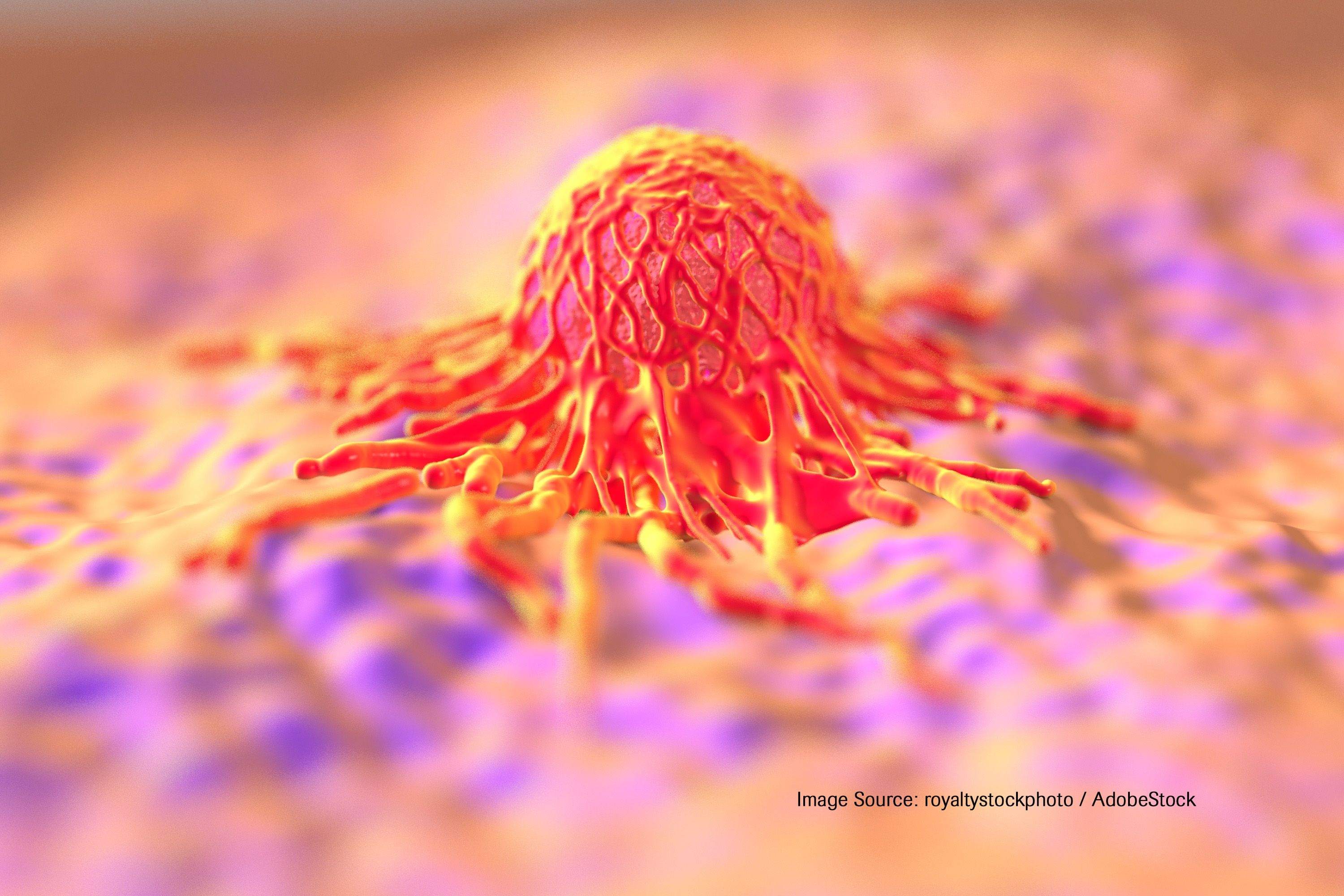Encouraging Tumor Shrinkage Observed in VP-315 for Basal Cell Carcinoma
Preliminary results from part 2 of the phase 2 trial evaluating VP-315 in basal cell carcinoma found no dose-limiting toxicities or treatment-related serious adverse events.
Preliminary results from part 2 of the phase 2 trial evaluating VP-315 in basal cell carcinoma found no dose-limiting toxicities or treatment-related serious adverse events.

VP-315, an investigational first-in-class oncolytic peptide, achieved histological clearance and tumor reduction in a majority of patients with biopsy-proven basal cell carcinoma (BCC), according to part 2 results of a phase 2 trial, announced the drug’s developer, Verrica Pharmaceuticals.1
Preliminary data showed that 51% of lesions treated with VP-315 achieved complete histological clearance, leaving no residual tumor cells. Of patients with remaining tumors, a histological reduction of 71% was achieved, with an average tumor reduction among all patients treated with VP-315 of 86%. Furthermore, no dose-limiting toxicities or treatment-related serious adverse events were observed.
“Basal cell carcinoma is the most common form of cancer in the [United States] and current therapies have drawbacks, including systemic [adverse] effects,” Gary Goldenberg, MD, chief medical officer of Verrica, stated in the news release.1 “The preliminary results from part 2 of the trial show greater than 50% complete histological clearance and a significant reduction in tumor size for tumors treated in the study, which we believe has the potential to vastly improve patient outcomes versus current therapies and surgical procedures.”
The dose-escalation, proof-of-concept, 2-part, phase 2 study enrolled 92 patients with at least one lesion with a histological diagnosis of BCC. Preliminary results from part 2 are based on 93 BCC lesions studied during this study period. Data from 90 of the lesions were available for analysis of histological and overall reduction in tumor size.
In part 1, VP-315 was administered once daily, starting with 2 mg for the first patient and ascended daily by 1-mg dosing increments to determine optimal dosing.2 For this part of the study, the starting dose was escalated between patient cohorts in 1 mg increments after completion of week 1 dosing by the previous cohort. No dose-limiting toxicities (DLTs) were observed, and a maximum dose of 8 mg was achieved.
In part 2, VP-315 was taken once daily, but at the maximum dose of 8 mg among 4 cohorts for part 2. Disaggregated by cohort, patients received 8 mg of the investigational agent once daily for 3 weeks (cohort 1), once daily with half the target dose of 8 mg on week 1 day 1 only (cohort 2), once daily on 2 consecutive days once weekly (cohort 4), or once daily on 3 consecutive days once weekly (cohort 5). A third cohort was excluded from the study.
Primary end points of part 2 of the study include incidence of any-grade or treatment-related adverse events (TRAE) of special interest, AE-related discontinuations, or cutaneous reaction. Secondary end points include clinical and histological lesion clearance, mean estimated tumor volume at excision, abscopal effect incidence, and pharmacokinetics within cohorts 4 and 5.
By cohort, complete histologic clearance was observed in 71%, 33%, 53%, and 47% of cohorts 1, 2, 4, and 5, respectively.3 Furthermore, histologic and overall reduction of tumor size was 93% and 98%, 83% and 88%, 72% and 87%, and 68% and 83%, respectively, for each cohort.
Most TRAEs were mild to moderate in severity, excluding a single severe incidence of injection site pain (1.2%). Moderate TRAEs included 10 (12.2%) incidences of injection site pain and 2 (2.4%) incidences of erythema. Mild TRAEs included injection site pain (n = 11; 13.4%), hypertension (n = 4; 4.9%), hypotension (n = 4; 4.9%), headache (n = 2; 2.4%), and erythema (n = 1; 1.2%).
“VP-315 has the potential to change the way dermatologists treat basal cell skin cancer. Patients may be cured with simple injections of VP-315,” Jonathan Kantor, MD, MSCE, MA, dermatologist and Mohs surgeon at Florida Center for Dermatology, the leading enrollment site for the clinical study, stated in the news release. “Those patients that have residual tumor can have surgery and decrease their surgical scar by more than 70%. It’s very, very exciting data.”
References
- Verrica Pharmaceuticals announces positive preliminary topline results from part 2 of phase 2 clinical study of VP-315, an investigational oncolytic peptide-based immunotherapy for the treatment of patients with basal cell carcinoma. News release. Verrica Pharmaceuticals. August 14, 2024. Accessed August 21, 2024. https://tinyurl.com/4wy7bk5y
- Open-label proof of concept study of VP-315 in basal cell carcinoma. ClinicalTrials.gov. Updated August 1, 2023. Accessed August 21, 2024. https://tinyurl.com/3bryutxa
- Verrica Pharmaceuticals. Company Overview August 2024. Accessed August 21, 2024.
Newsletter
Stay up to date on recent advances in the multidisciplinary approach to cancer.